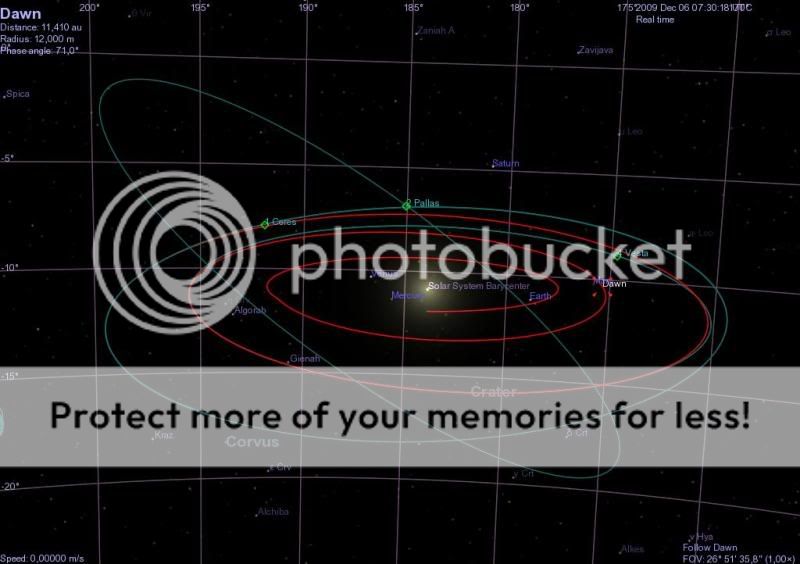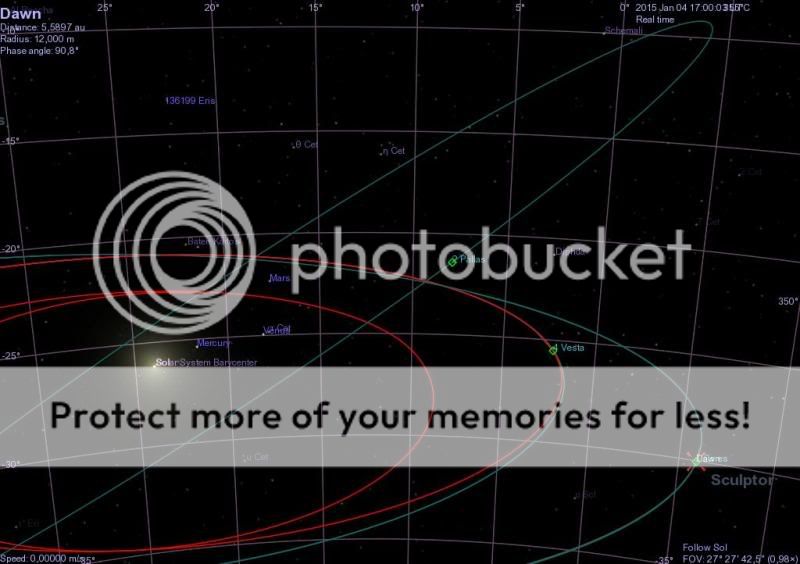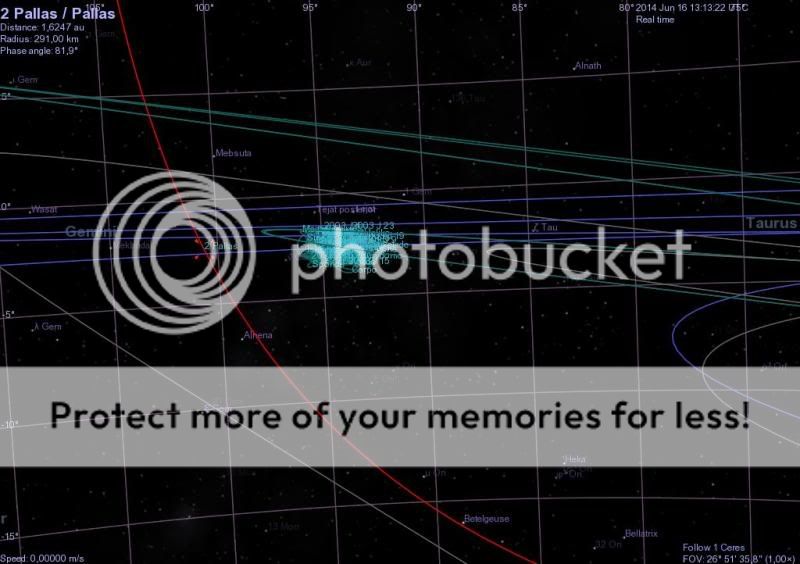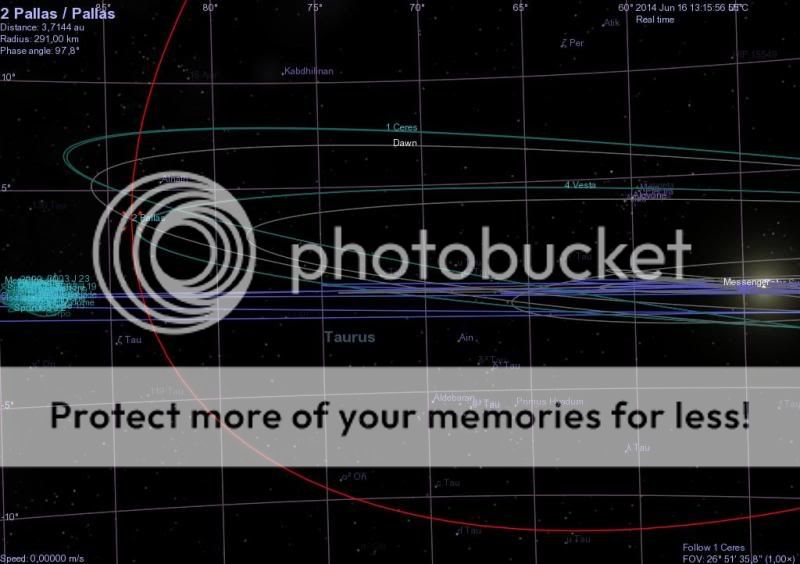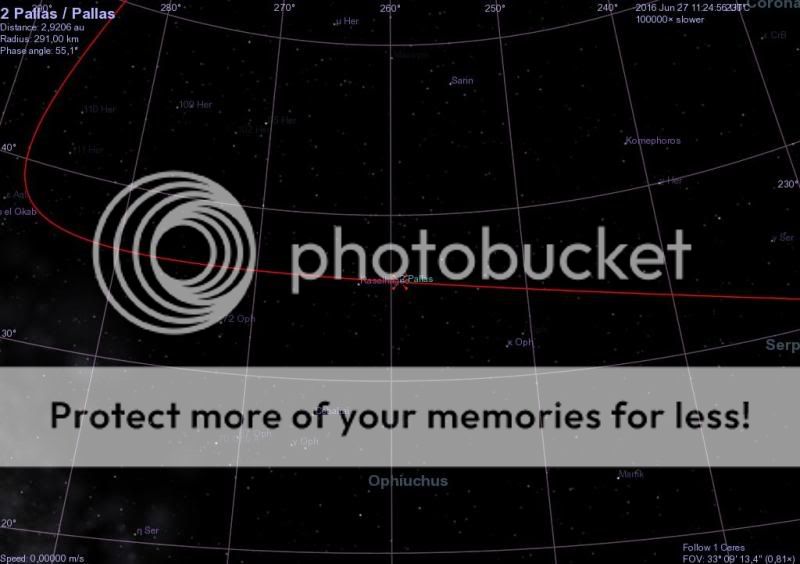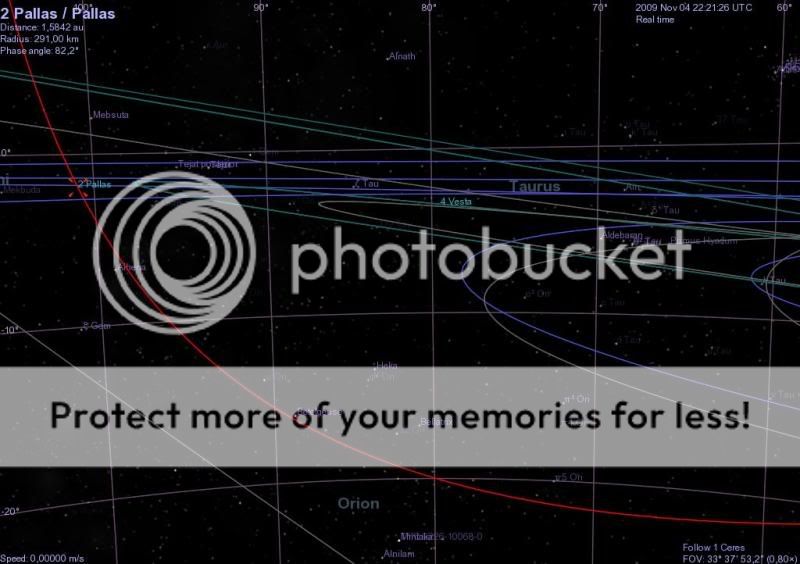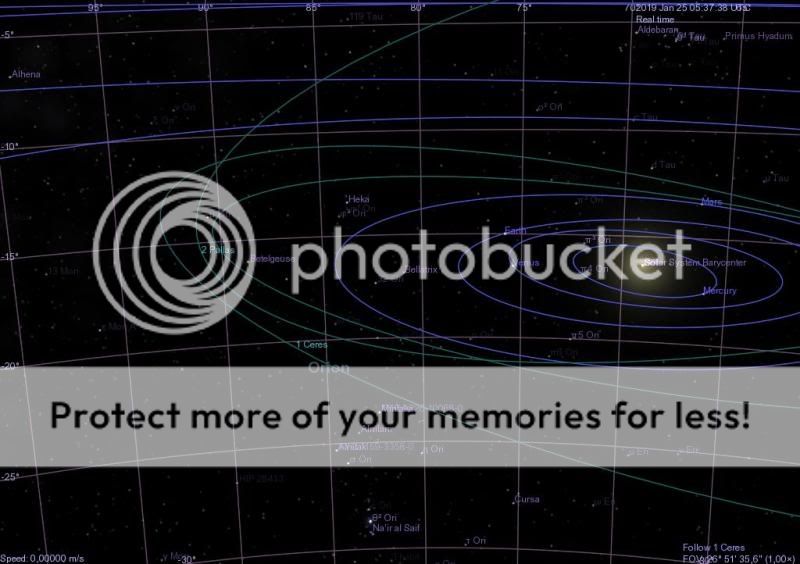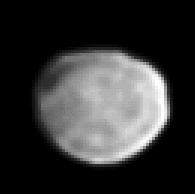Latest Dawn Journal:
http://dawn.jpl.nasa.gov/mission/journal_03_28_10.asp
Excerpts:
March 28, 2010
Dear Dawnthorities,
Dawn continues patiently forging through the asteroid belt, its permanent residence, as it climbs away from Earth and the Sun. Having thrust with its ion propulsion system for more than 1.5 years, the spacecraft remains healthy and on target for its rendezvous with alien worlds.
Our interplanetary adventurer still has a great deal of ion thrusting to complete before it can begin its orbital exploration of Vesta next year...
In addition to keeping the ship sailing smoothly and on course, Dawn’s engineers (who reside and work on distant Earth) are developing the detailed instructions that will guide it into orbit around Vesta and throughout its year of operations there. This process began last month and will continue even as the probe begins executing the first of the commands in May 2011...
Most of the approach phase is dedicated to the final ion thrusting required to slip into orbit around Vesta. All of Dawn’s thrusting contributes to rendezvousing with Vesta, but the terminal thrusting will be controlled slightly differently. We will describe the process of using ion propulsion to enter orbit around another solar system body in an upcoming log. For now, however, let’s take a look at some of the other activities during the approach phase. While these are being timed in the sequences down to the second, part of the strategy for developing these sequences is to allow the team a means to update the times as the probe closes in on its target. The ion propulsion system provides flexibility in the timing that is different from most missions, and to take advantage of the benefits, the sequences must be correspondingly flexible. All the relative timing within a sequence will be fixed, but the time each sequence is activated can change. So, for example, even though we may change the date the first Vesta approach sequence begins executing by as much as a few days, once that adjustment is made, all the events within the sequence will shift by exactly the same interval. Some small changes other than timing, such as details of the probe’s orientation, may be made as well to reflect the latest information available before it is time to transmit the sequences to the spacecraft more than a year from now...
The principal activity other than thrusting during approach is the acquisition of images of Vesta with Dawn’s main science camera, primarily for navigation.
The first optical navigation images will be acquired when Dawn is about 1.2 million kilometers (750 thousand miles) from Vesta, or more than 3 times the separation between Earth and the Moon. Dawn’s camera is designed for mapping Vesta from orbit. Therefore, instead of a high-power telescope with a narrow field of view, the camera has a relatively low magnification but covers a broad area.


